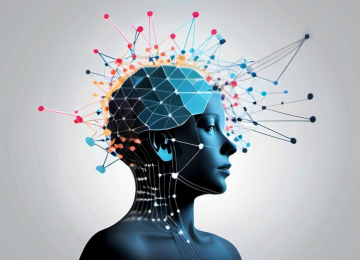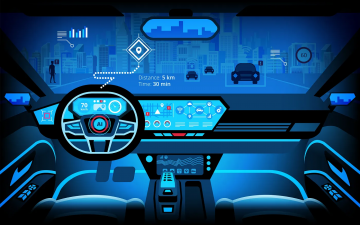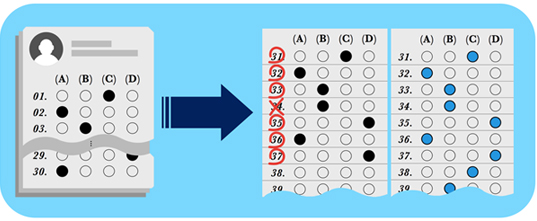KAIST
BREAKTHROUGHS
Research Webzine of the KAIST College of Engineering since 2014
Spring 2025 Vol. 24Machine learning for personalized education
A new machine learning algorithm was created for building next-generation education systems with personalized curriculums. Using a large-scale education datasets collected from a mobile app, a novel machine learning algorithm is proposed to provide individual students with personalized curriculums by estimating their learning progress.
Article | Fall 2017
Taking advantage of the unprecedented scale of big data, Machine Learning (ML) and Artificial Intelligence (AI) technologies have had remarkable success in a variety of application such as computer vision, speech recognition, machine translation, and robotics. Recently, a large amount of educational data has also emerged thanks to the success of modern education platforms such as Massive Open Online Courses (MOOCs). A natural question arises: using this data, can we revolutionize the traditional education system with a fully personalized and automated education system?
Accurate estimation of the learning progresses of individual students is the key problem to providing a personalized education system. If this is possible, it is easier to provide each student with a personalized curriculum optimized based on his/her learning progresses.
Professor Changho Suh and his team, Dr. Kangwook Lee and Jichan Chung (undergraduate research intern), developed a new machine learning algorithm that is able to estimate individual students’ learning progress from a large-scale educational dataset.
The key idea was to relate the estimation of learning progress to the famous matrix completion problem. The matrix completion problem has been previously applied in content recommendation systems such as movie recommendation. For instance, one can view the movie ratings of users as known entries of a rating matrix, whose rows correspond to different users and columns correspond to different movies. By assuming a certain relationship between these entries, researchers have shown that it is possible to find the unknown entries as long as the number of known entries is larger than a certain threshold. At the same time, one can also estimate the tastes of individual users and the characteristics of movies.
Dr. Suh’s team tried an interesting approach to viewing student performance datasets: they viewed the students’ records on previous exams or exercise questions as movie ratings. By viewing those questions as movies and students as users, the researchers found that predicting unknown movie ratings is exactly like predicting students’ performances on new questions. Moreover, estimation of users’ tastes on different types of movies is like estimation of students’ understanding of different knowledge concepts.
The team started investigating this relationship and successfully developed a new machine learning algorithm for the task. There were, of course, several challenges. They had to develop a machine learning algorithm that was extremely computationally efficient since the amount of educational data that one has to deal with in practice is enormous. Furthermore, the estimation results of the algorithm must be ‘human-interpretable’ since, otherwise, it would be impossible to design personalized curriculums based on the estimation results. In order to tackle such challenges, the team had to develop a new way of modelling students’ learning progress and their performances, which also allows for an efficient learning algorithm.
The new model and algorithm were tested on real-world educational datasets, including one collected by Riiid, a Korean startup on education technology. The team reported that the new algorithm achieves state-of-the-art prediction and estimation performance as well as highly human-interpretable results. It is believed that the team’s research result will play a key role in developing a modern education system that is truly personalized. Their algorithms are presented as oral talks at NIPS 2016 Workshop on Machine Learning for Education and will be presented at KDD 2017 Workshop on Advancing Education with Data.
Most Popular

When and why do graph neural networks become powerful?
Read more
Extending the lifespan of next-generation lithium metal batteries with water
Read more
Smart Warnings: LLM-enabled personalized driver assistance
Read more
Professor Ki-Uk Kyung’s research team develops soft shape-morphing actuator capable of rapid 3D transformations
Read more
Oxynizer: Non-electric oxygen generator for developing countries
Read more
